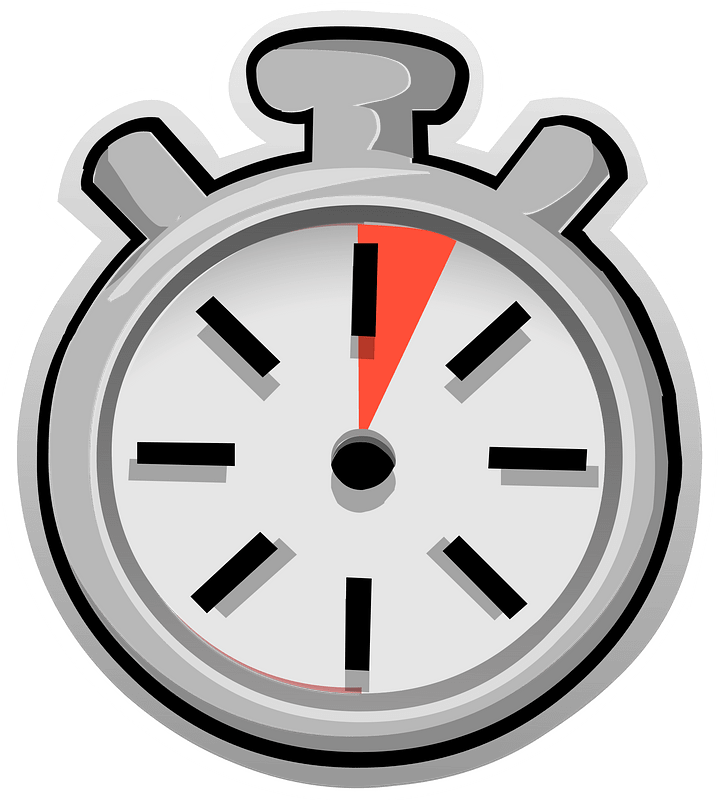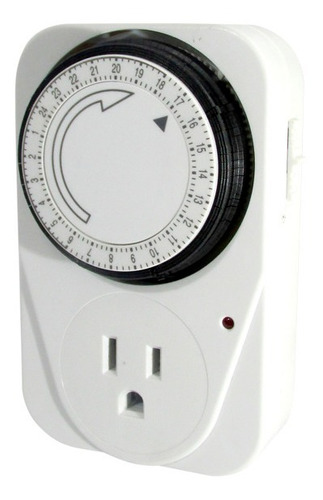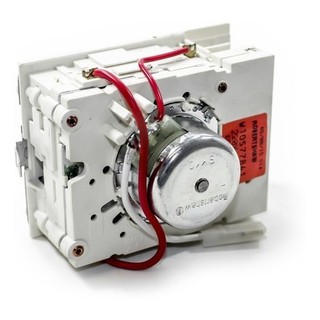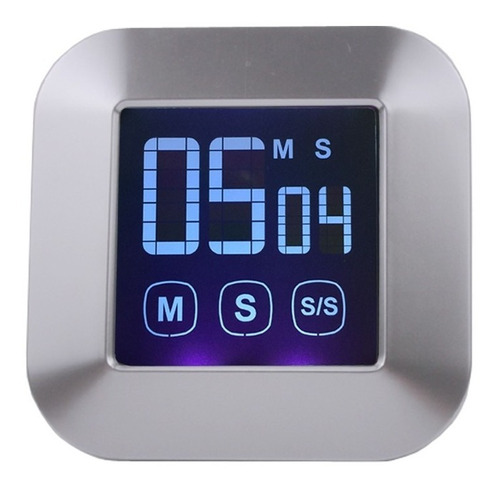
A timer is a special type of clock that measures specific time intervals. The timing mechanism that activates a switch, is sometimes called a “timer”.
The Types of Timer
Mechanical
Mechanical timers use a mainspring to measure time. Manual timers are usually set by turning the dial to the desired interval; turning the dial stores energy in the mainspring, which powers the mechanism. They work much like mechanical alarm clocks. The energy in the mainspring spins the balance back and forth. Each swing of the wheel moves the gear train forward by a small fixed amount, causing the dial to move steadily back until it reaches zero when the lever arm hits the clock. The mechanical kitchen timer was invented in 1926 and is known as a fan that spins against air resistance. Low-precision mechanical egg cookers are sometimes of this type.

Electromechanical
Short-cycle bimetal electromechanical timers use a thermal mechanism with metal fingers made of two metal strips with different thermal expansion rates sandwiched together. Steel and bronze are common. The current flowing through this finger causes the metal to heat up, one side expands less than the other, and the electrical contacts at the end of the finger move away from or toward the electrical switch contacts. The most common use of this type is in “flash” units that flash turn signals in cars, and sometimes in Christmas lights. This is a non-electronic multivibrator.

Electronic
A simple digital timer. Internal components – including the circuit board with control chip and LED display, battery and buzzer – are visible.
An electronic timer [needs further explanation] is essentially a quartz watch with special electronics that can achieve greater precision than a mechanical timer. Electronic timepieces have digital electronics, but can have analog or digital displays. Integrated circuits made digital logic so cheap that electronic timers are now cheaper than many mechanical and electromechanical timers. A single timer is implemented as a simple one-chip computer system, similar to a clock, usually using the same mass production techniques.
Computer systems generally have at least one tackle timekeeper. These are generally digital counters that increase or drop at a fixed frequence, which is generally configurable, and that stop the processor when it reaches zero. An indispensable design uses a counter with a sufficiently large word size that it doesn’t reach its overflow threshold before the end of the system’s life.

Software.
Several timers are now applied in the software. Modern controllers use a programmable logic controller (PLC) instead of a box full of electromechanical parts. On the Web there are several online tools that provide a complete timer without the need to install or download any software.